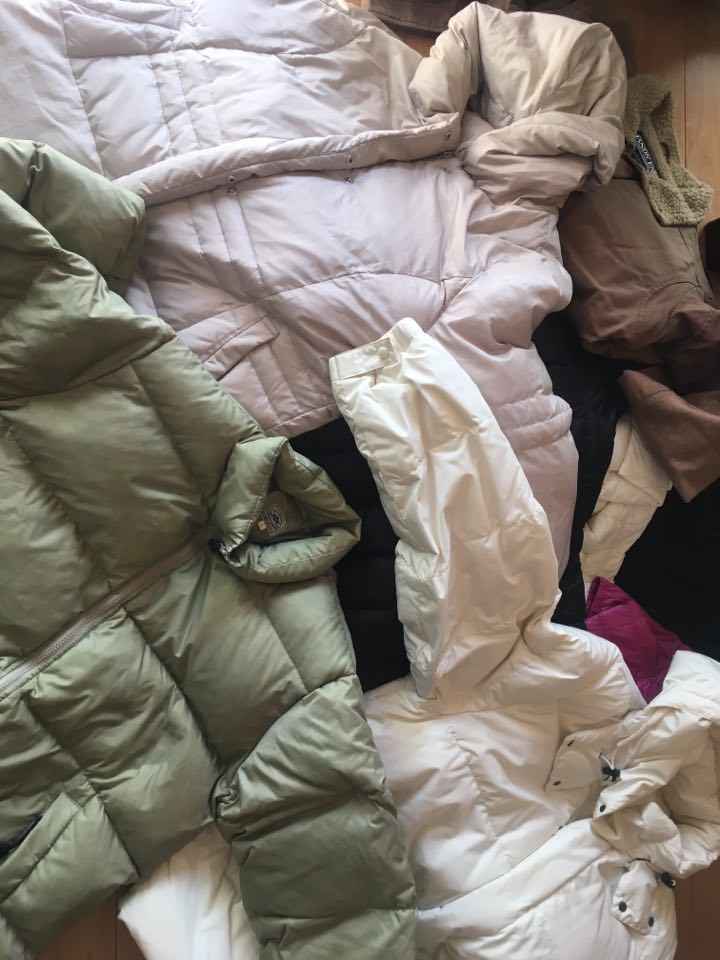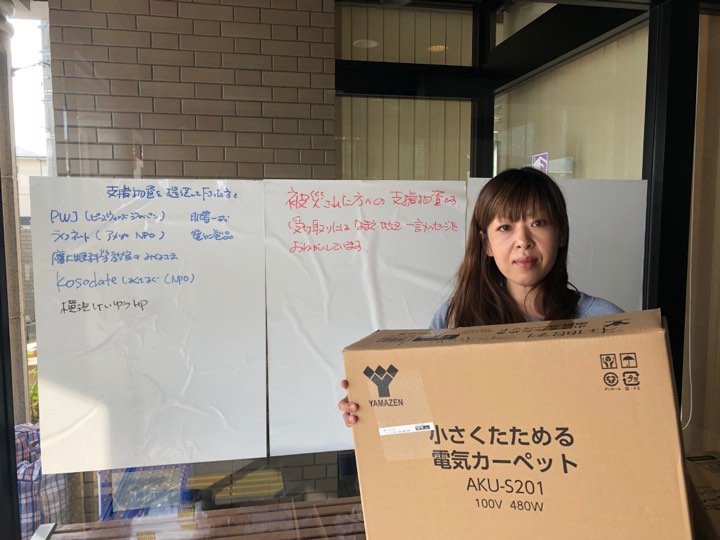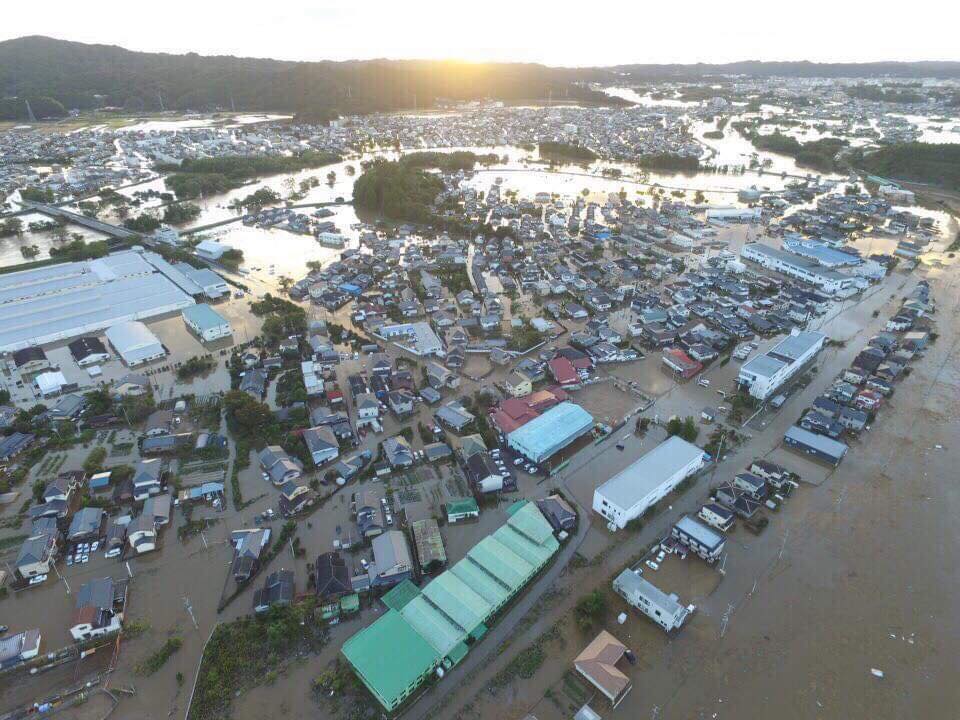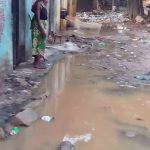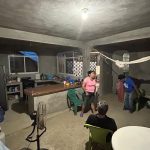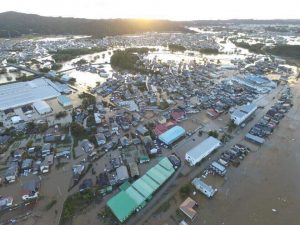 Japan was hit with the worst typhoon in a century called “Hagibis” on October 12, 2019. The eye of this storm made landfall in Japan on south-west of Tokyo. It worked its way up the east coast towards Fukushima, that had already suffered in the earthquake and tsunami of 2011. Thirty people in the Fukushima area died, 80 overall in Japan, from the worst typhoon in 100 years with some areas receiving 40 percent of their annual rain in the span of a few days.
Japan was hit with the worst typhoon in a century called “Hagibis” on October 12, 2019. The eye of this storm made landfall in Japan on south-west of Tokyo. It worked its way up the east coast towards Fukushima, that had already suffered in the earthquake and tsunami of 2011. Thirty people in the Fukushima area died, 80 overall in Japan, from the worst typhoon in 100 years with some areas receiving 40 percent of their annual rain in the span of a few days.
LifeNets helped the people of Fukushima back in 2011 through our LifeNets representative Dr. Yumi Yamamoto. We helped with other needs as well since that time and you can see the stories on this website at https://lifenets.org/japan/. Dr. Yumi Yamamoto was very helpful to us in the Philippines during their category 5 typhoon Hayan in 2013,
Now, we are helping some of the victims back in Fukushima.
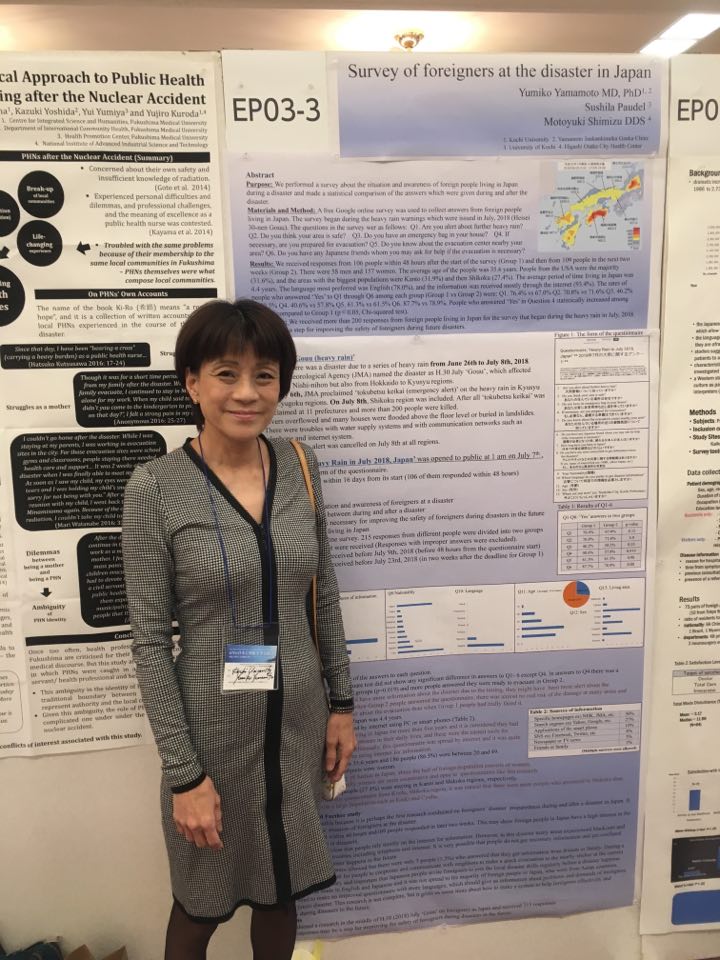
Dr. Yumi Yamamoto
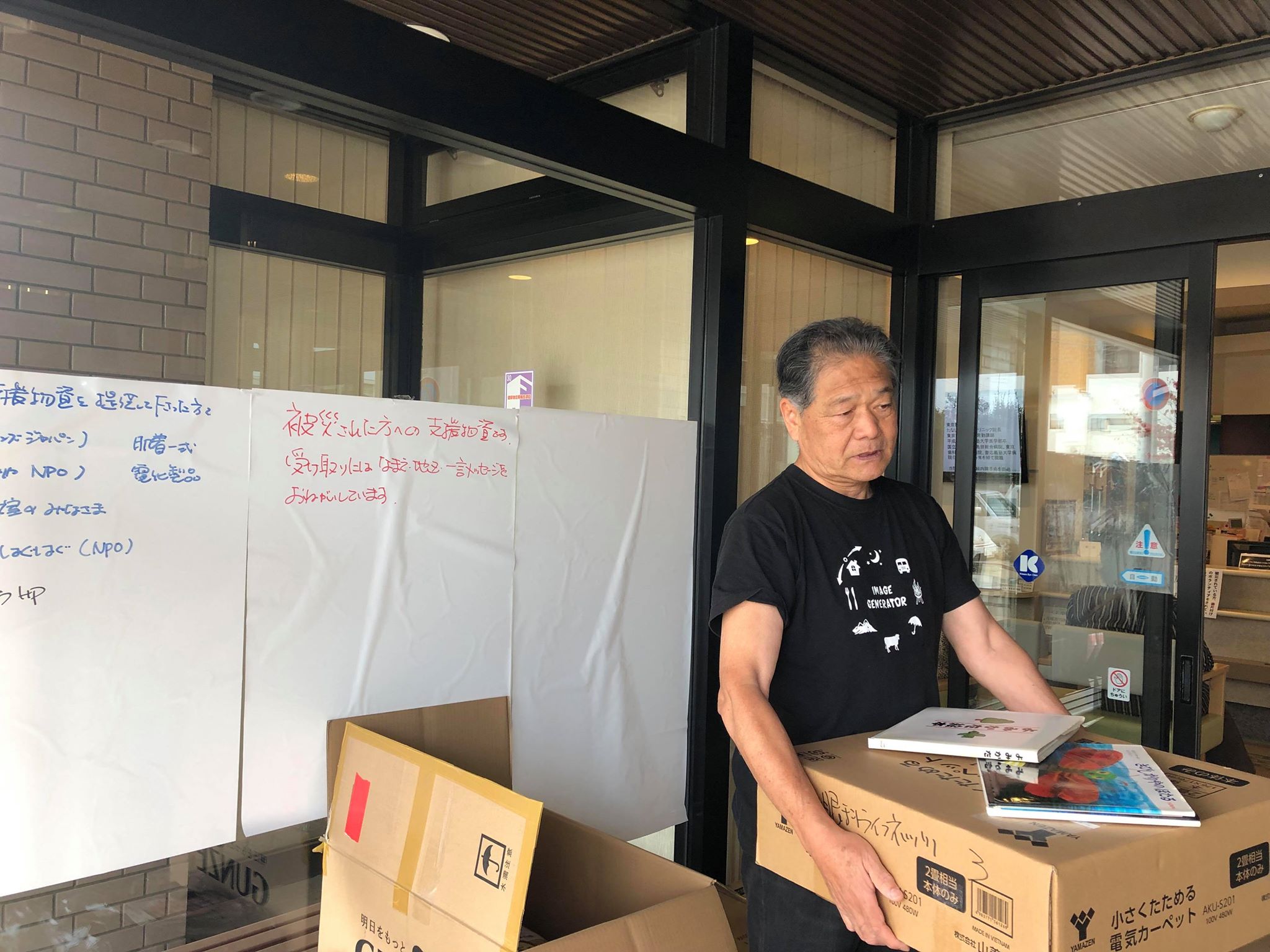
Providing assistance
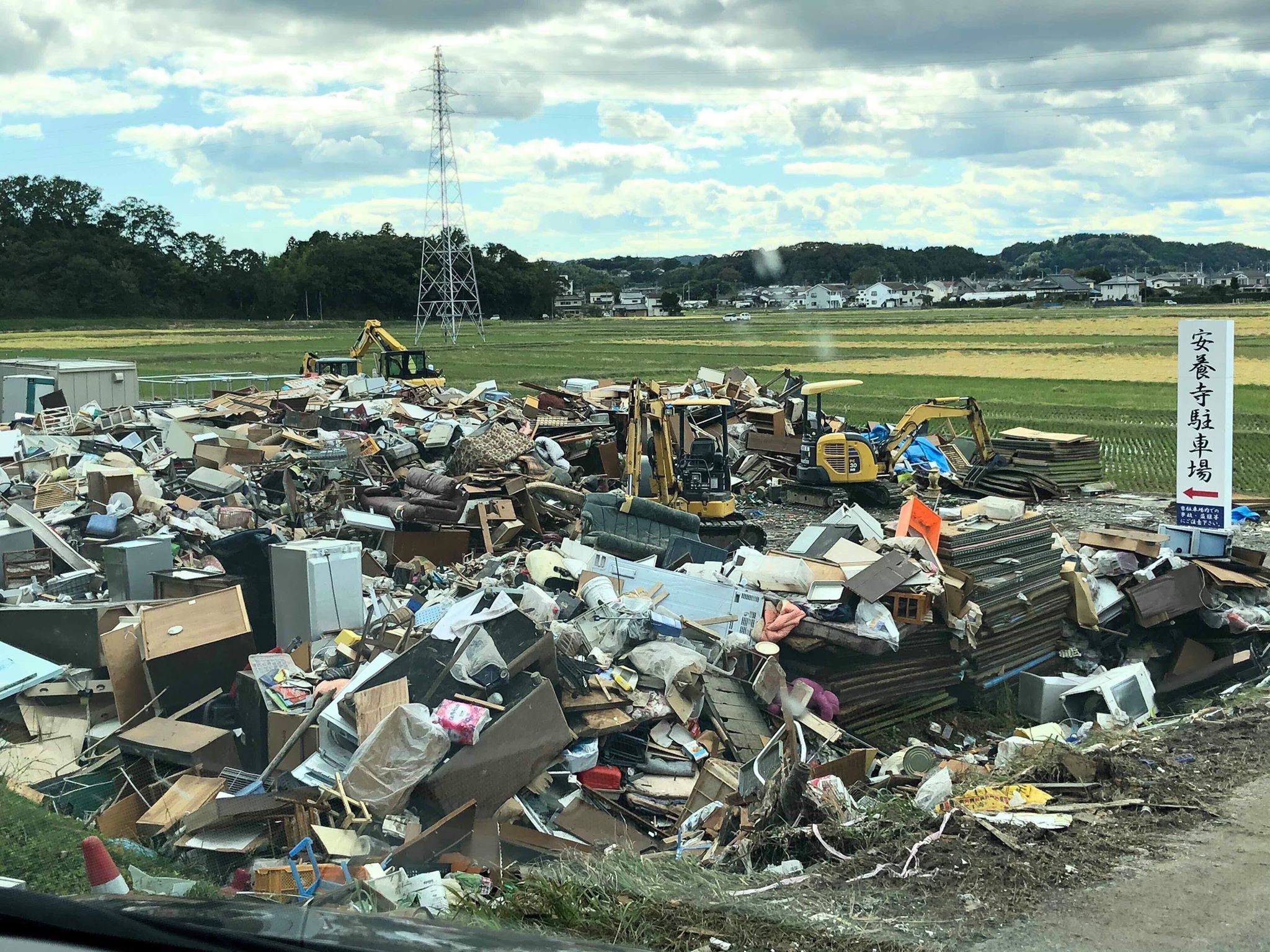
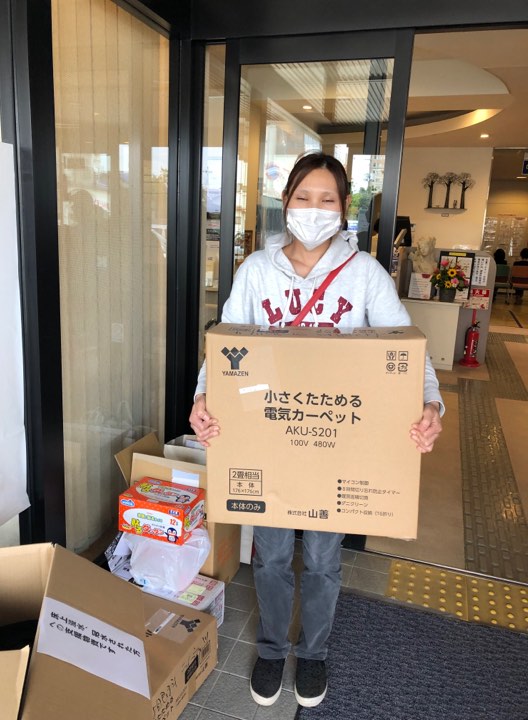
Here is a report just received from Dr. Yumi Yamamoto:
Dear Victor,
I was talking with Ms. Kimura in Fukushima, who is a nurse.
This typhoon was the biggest in the last 100 years in Japan. And the damage was the biggest in Fukushima. Eighty people died. Thirty are from Fukushima. At Dr. Kimura's clinic (and his neighbours) they are without water, blacked out and flooded. Dr and Ms Kimura have continued to visit their patients during this time (especially visually handicapped patients).
While they pay visits to their patients generally, they also visit people at shelter at the disaster scene to see if there are any people who are in trouble. They check their eyes for free and give them medication unless they are their patients. For example, in 2011, they visited shelters and brought a few pregnant women to their clinic, where at least they can sleep on a comfortable bed and be under observation.
They have already provided some assistance for them. The news focuses on Tokyo and its surrounding areas and not much is said about Fukushima because it is too disturbing to neighboring countries that complain of the contaminated water, etc. Ms. Kimura say a lot of nuclear in the bottom of river may be out... Fukushima people suffer and nobody talks about them and they are out of public help.
Some of the pictures remind us about the time of the earthquake. I do not know why people here have to suffer so many times.
I asked Dr. Kimura in Fukushima (they had a big damage again) if there are any victims that I may help as LifeNets Japan and his wife (Keiko) said there are more than 5 patient families who lost everything.
They are helping five families who have a visually handicapped member and have lost everything.
She suggested a rice cooker (JYN 10,000 or $90) could be good. I told her we could send about ten rice cookers to the families of visually handicapped who lost everything.
First Ms. Kimura said rice cookers should be nice, but later she said ‘hot carpets’ are better. [the equivalent of electric blankets]. It is very cold there already and from my clinic I will send some used down jackets which I collect my staff and friends. Dr. and Ms. Kimura know what are the best, time to time to help people, because this disaster was located, fortunately transporting system is fine and they can buy the most necessary things. But they say warm clothing, such as down jackets, are expensive to buy and they want people to send.
By the way, Mrs. Kimura is Keiko Sato who had helped us at the earthquake and who was also in LifeNets calendar with fans from Japan. They married at last last winter!
At the earthquake in 2011, Dr. Kimura donated very generously to LifeNets Japan.
Yours,
Yumi
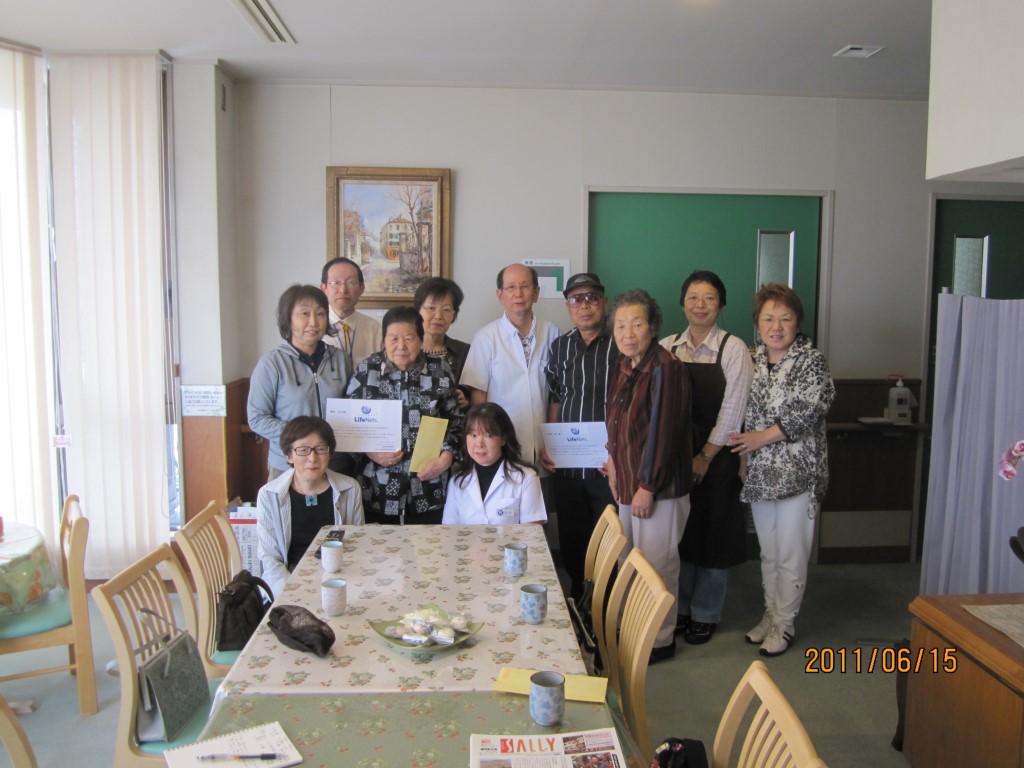
Keiko and Dr. Kimura are in white apparel.


At the conference: 'Survey of foreigners at the disaster in Japan'. The young man is my co-presentator.
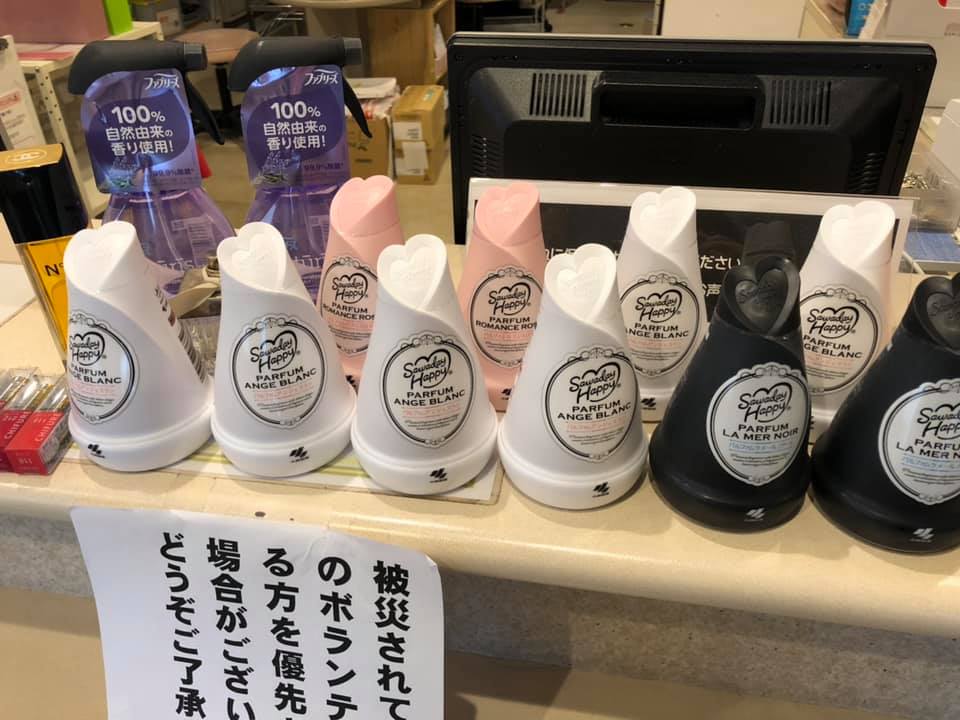
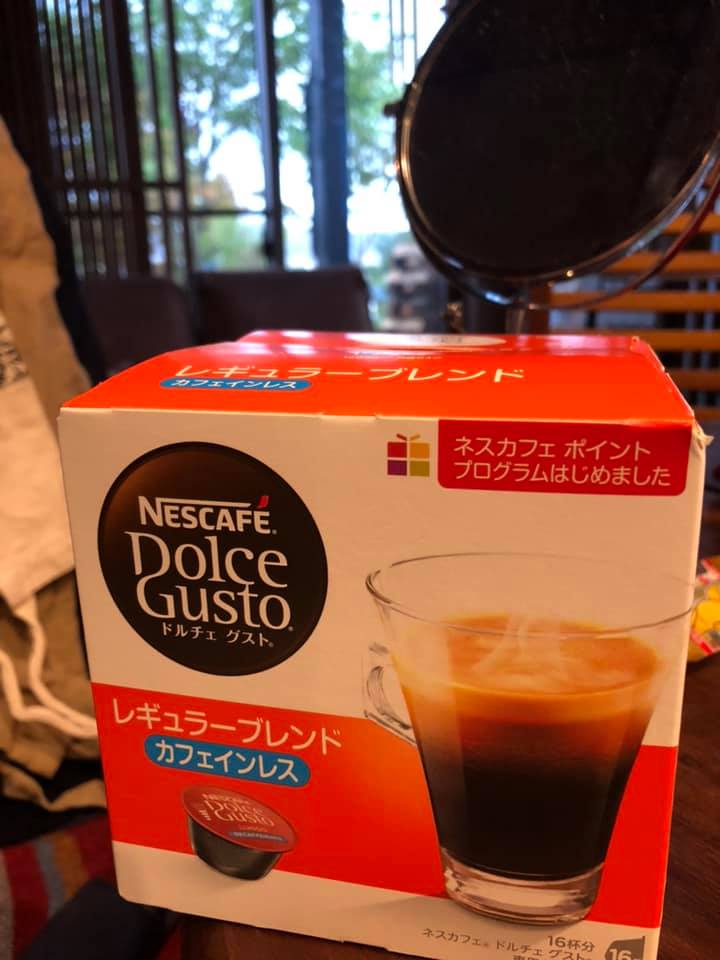
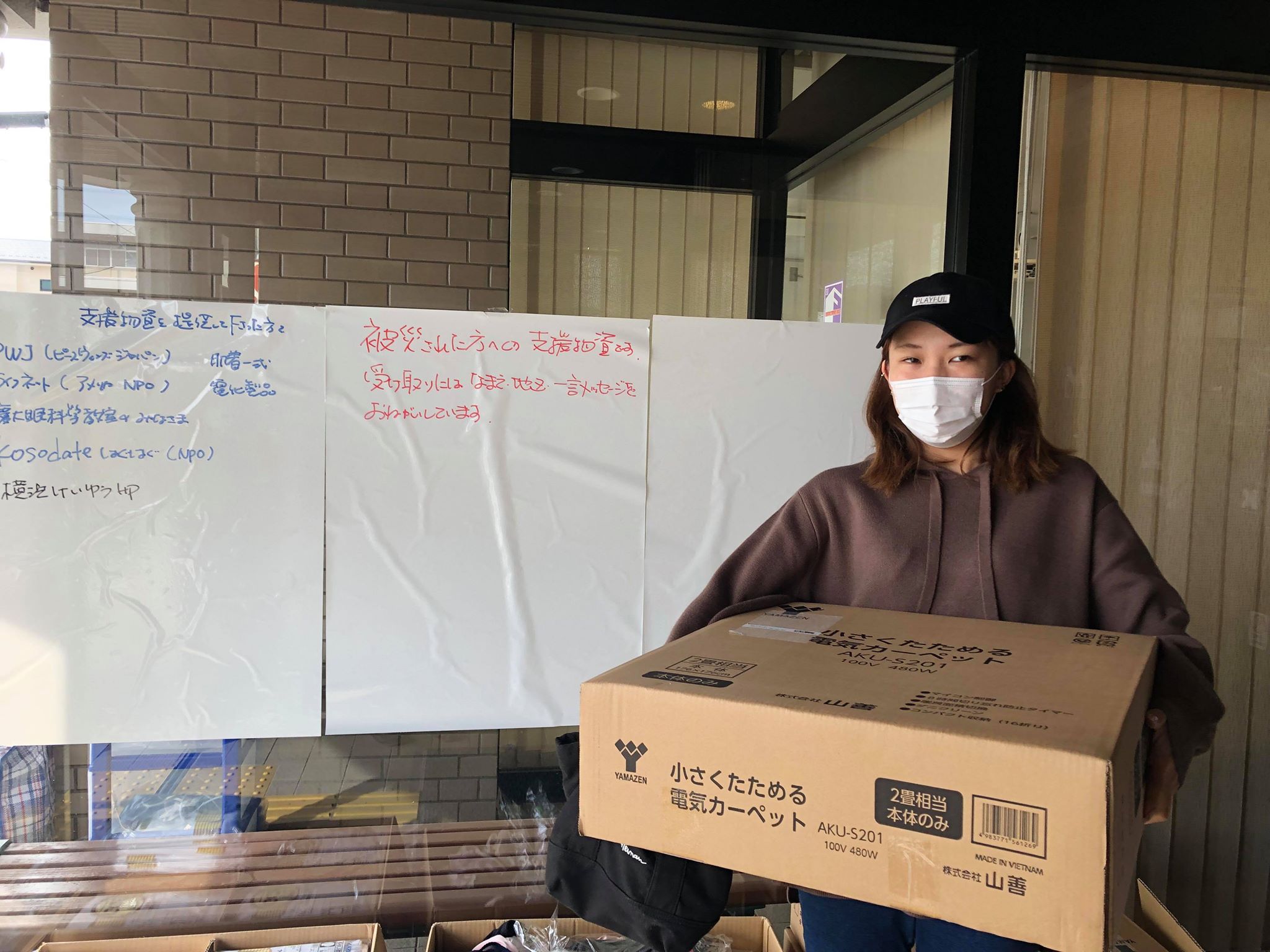

Woman carrying a box, in which there is a hot electric carpet which Japan LifeNets sent.
